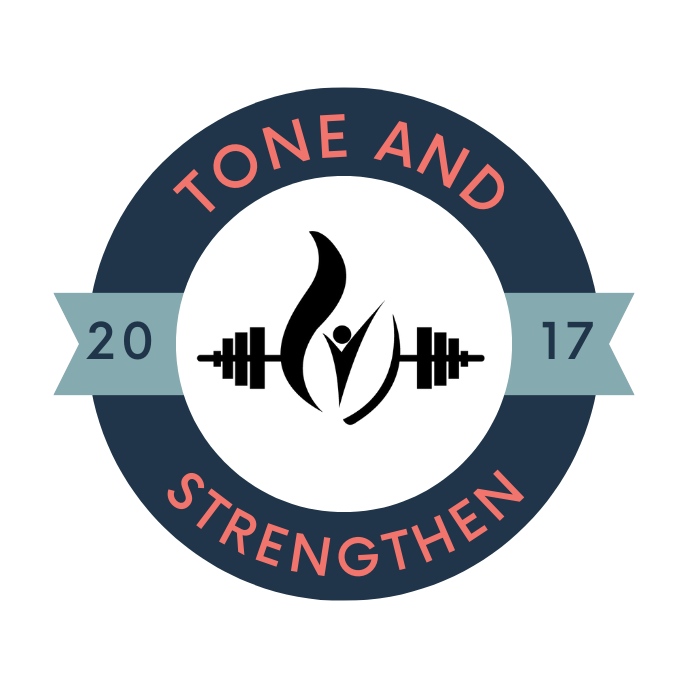
Exploring the Wonder of Breath- Part 3
Breathing for Stress Management
This is the third blog in our Exploring the Wonder of Breath series. In the first two blogs, we discussed deep breathing mechanics, and benefits of deep breathing. In this blog, we will take a deep dive into breathing as a tool for stress management. Who can’t use destressing techniques in today’s day and age?
Are you overworked, sleep-deprived, anxious, and stressed? You are not alone. I am right there with you. The only issue is, I have been investing a big chunk of my paycheck on fancy spa treatments for relaxing. Spa treatments have their place, but if you are looking for a more long-term solution, keeps reading this blog.
Fortunately, there are many ways to let go of stress and gain calmness without a hefty price tag. The best relaxation method is entirely free. All you need is your breath and some free time to practice deep breathing.
The deep breathing practice isn’t new to humans. According to ancient Indian scripture, deep breathing brings “prana” or energy to us. In ancient Chinese culture, it’s called “Qi” – energy that flows through our bodies. The concept of breath has been prominent in many other ancient civilizations, including Egyptian-ka, Hebrew-Nefesh, Greek-psuchē, and Latin anima. These cultures believed that by breathing with control and depth, we could find clarity of mind and focus energy for living a better-balanced life.
This ancient science behind deep breathing still holds. Research shows that deep breathing exercises keep the mind and body strong by lowering blood pressure, promoting relaxation, and relieving stress. If you think about breathing when you are stressed out, you take quick and shallow breaths. By living with intention, we can activate our parasympathetic nervous system and help our bodies relax. Breathing is affected by our autonomic nervous system. When we take shallow breaths, the breath stops at the top of the lungs and activates the sympathetic nervous system since the top part of the lungs is connected to nerves that communicate with the sympathetic nervous system. The lower lobes of our lungs have nerves that connect to the sympathetic nervous system. So, deep, controlled, and extended breaths will activate those nerves.
Here are a few deep breathing techniques for destressing and finding calm and tranquility.
Equal Breathing- This breathing technique can help with taking your mind off the daily to-do list. It’s beneficial to practice it before going to bed to quiet your busy brain. How to do it:
- Inhale for four counts and then exhale for four counts while sitting comfortably or lying down.
- Your eyes can remain open or closed.
- Inhale and e through your nose throughout the practice.
Abdominal Breathing – this breathing technique is super helpful before a stressful event. Yes, I am talking about before your big presentation or an exam. How to do it:
- Place one hand on your chest and the other on your belly.
- Take a deep breath in through your nose, allowing the breath to travel all the way down to the diaphragm and let your belly inflate.
- Exhale slowly, contracting the abdomen.
Try taking 6- 10 deep breaths for a minute every hour to reap the benefits.
Yoga- Yoga is built on the science of breathing. Yogic teachings of thousands of years focus on building Parana through breathwork. Later the yoga practice evolved to include asanas or physical postures coordinated with breathwork. The deep breathing practiced during yoga encourages us to live in the present. So, to destress and find calm laying down your yoga mat and going through a brief practice can help.
Learning these breathing techniques isn’t difficult, but practice is key to building momentum. Set aside a few minutes each day to practice deep breathing and say goodbye to stress.

This Post Has 0 Comments